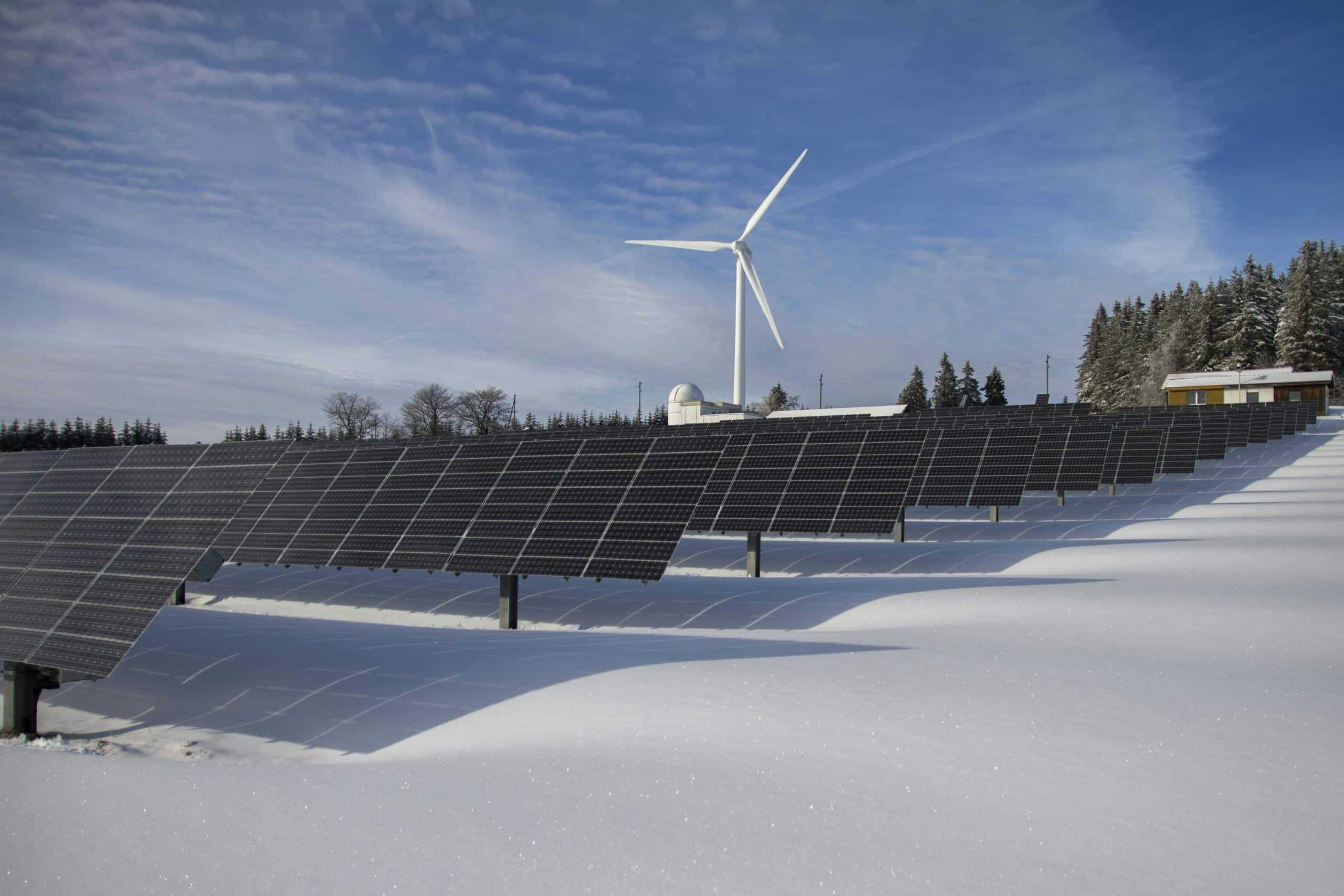How to design an effective public relations campaign for UK renewable energy projects?

Crafting an effective public relations campaign for renewable energy projects in the UK requires an understanding of the energy landscape, the public perception, and the role of the media. This article will guide you on how to leverage industry insights, social trends, and marketing techniques to create a campaign that enhances your brand and promotes sustainable energy use.
1. Understanding the Energy Industry
Given the urgency to act on climate change, the energy industry has been thrust into the spotlight. Understanding the complexities of this sector is foundational to creating a strategic campaign.
A lire également : What are the innovative ways UK independent filmmakers can fund their projects?
The energy industry is marked by a transition from fossil fuels such as oil and gas to cleaner, renewable sources. This shift has made renewable energy projects a focal point of public and business interest. The industry is no longer just about providing power; it's about doing so in a way that safeguards our planet.
It is essential to stay updated with the latest trends and developments in the sector. Additionally, familiarize yourself with the regulations and policies that govern renewable energy projects in the UK. This knowledge will allow you to position your brand as a forward-thinking player in the energy sector.
A lire en complément : Unlocking success with a dynamic customer engagement platform
2. Understanding Public Perceptions and Attitudes
The public's view of renewable energy is generally positive. People are becoming increasingly conscious of the environment, and there is a growing demand for eco-friendly alternatives to traditional energy sources. Emphasizing the environmental benefits of your project can therefore help generate public support.
However, some reservations persist. Concerns over cost, reliability, and the visual impact of projects like wind farms can often overshadow the environmental benefits. To counter these perceptions, your campaign should educate the public about the long-term cost-effectiveness of renewable energy, its reliability, and steps taken to minimize environmental disruption.
3. Crafting a Strategic Message
Once you have a grasp of the energy industry and understand what the public cares about, the next step is crafting your campaign message. This message should articulate your project's value proposition in a way that resonates with the public and differentiates your brand from others.
Firstly, your message should emphasize the positive impact of your project on the environment and how it aids the fight against climate change. However, it's also crucial to address any concerns the public may have.
Secondly, your message must align with your brand's vision and values. Consistency in messaging strengthens brand identity and builds trust with your audience.
4. Leveraging Media Channels
The media plays a crucial role in shaping public opinion. A well-orchestrated media strategy can amplify your message and create a positive image for your project.
Traditional media outlets such as TV, radio, and newspapers continue to be influential. They offer an excellent platform for reaching a broad audience. However, the rise of digital media cannot be ignored. Social media platforms allow you to engage directly with the public and respond to feedback in real-time.
When selecting media channels, consider which ones are most likely to reach your target audience. Also, have a mix of paid, earned, shared, and owned media to optimize the reach and credibility of your campaign.
5. Engaging the Public
Engagement goes beyond simply disseminating information. It involves creating opportunities for interaction and fostering a relationship between your brand and the public.
One way to engage the public is by organizing events and experiences. These could range from site visits to renewable energy facilities, to webinars on the benefits of renewable energy. This allows the public to gain firsthand experience of your project, making it more tangible and real to them.
Social media also facilitates engagement. You can create online campaigns that encourage users to share content related to your project. This not only increases visibility but also allows you to gauge public sentiment towards your project.
In conclusion, designing an effective public relations campaign for renewable energy projects involves understanding the energy industry, gauging public perceptions, crafting a strategic message, leveraging media channels, and engaging the public. Each of these elements plays a critical part in shaping public opinion and garnering support for your project.
6. Utilizing Case Studies and Thought Leadership
Case studies play a crucial role in demonstrating the viability and benefits of renewable energy projects. They provide concrete examples of successful implementations, addressing concerns about reliability and cost-effectiveness. Case studies can highlight the transformation from fossil fuels like oil and gas to renewable energy sources, illustrating the positive impact on the environment and the strides made in energy sustainability.
Thought leadership is another robust tool in your public relations arsenal. By positioning your brand as an industry expert, you enhance your credibility and influence. Thought leadership involves sharing insights and perspectives on industry trends, innovations, and challenges. For instance, discussing topics such as carbon capture technologies, offshore wind projects, or the transition from natural gas to clean energy sources can underscore your brand's commitment to climate action.
Maintaining a consistent presence in professional forums, industry seminars, and online platforms can help establish your brand as a thought leader. Additionally, partnering with academic institutions or research organizations for studies or whitepapers can lend further authenticity to your brand's expertise.
7. Building a Strong Brand Identity
Your brand identity is a powerful tool in shaping public perception of your renewable energy projects. A strong brand identity that aligns with the values and aspirations of your target audience can significantly influence their attitudes.
The key to building a robust brand identity is consistency. Your brand's vision, messaging, visual elements, and actions should all reinforce each other. For instance, if your brand stands for energy efficiency and environmental stewardship, this should be evident not only in your public relations messaging but also in your business practices.
In addition to this, your brand identity should reflect the unique attributes of your renewable energy projects. Whether it's the innovative use of technology, commitment to local communities, or exceptional project management, highlighting these attributes can distinguish your brand from others in the energy sector.
Moreover, your brand identity should be communicated across all your marketing and communication channels, from traditional media to social media. Visual elements such as logos, colour schemes, and imagery should also align with your brand identity.
Conclusion
An effective public relations campaign for UK renewable energy projects hinges on understanding the industry, adequately addressing public perceptions, crafting a compelling message, leveraging various media channels, engaging the public, utilizing case studies and thought leadership, and building a strong brand identity.
This strategic approach can enhance brand recognition, foster public support, and ultimately contribute to the broader goal of increasing the adoption of renewable energy. It's not merely about promoting an energy project; it's about advancing the narrative of sustainable energy and climate action.
Whether you're involved in solar marketing or offshore wind projects, remember that your public relations efforts are crucial in shaping the energy landscape. The fight against climate change is a collective effort, and your work plays a vital part in this journey.
